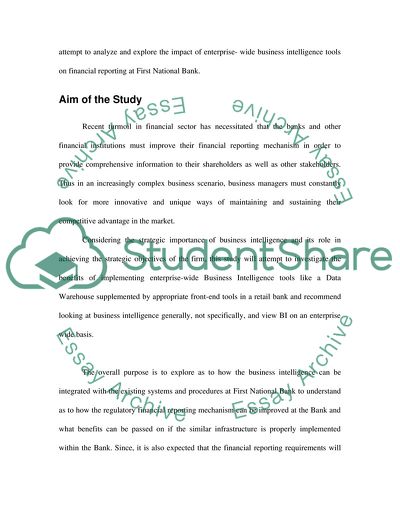Cite this document
(Business Intelligence Tools on Financial Reporting Research Proposal, n.d.)
Business Intelligence Tools on Financial Reporting Research Proposal. Retrieved from https://studentshare.org/finance-accounting/1728741-the-impact-of-enterprise-wide-business-intelligence-tools-on-financial-reporting-at-first-national-bank
Business Intelligence Tools on Financial Reporting Research Proposal. Retrieved from https://studentshare.org/finance-accounting/1728741-the-impact-of-enterprise-wide-business-intelligence-tools-on-financial-reporting-at-first-national-bank
(Business Intelligence Tools on Financial Reporting Research Proposal)
Business Intelligence Tools on Financial Reporting Research Proposal. https://studentshare.org/finance-accounting/1728741-the-impact-of-enterprise-wide-business-intelligence-tools-on-financial-reporting-at-first-national-bank.
Business Intelligence Tools on Financial Reporting Research Proposal. https://studentshare.org/finance-accounting/1728741-the-impact-of-enterprise-wide-business-intelligence-tools-on-financial-reporting-at-first-national-bank.
“Business Intelligence Tools on Financial Reporting Research Proposal”, n.d. https://studentshare.org/finance-accounting/1728741-the-impact-of-enterprise-wide-business-intelligence-tools-on-financial-reporting-at-first-national-bank.


